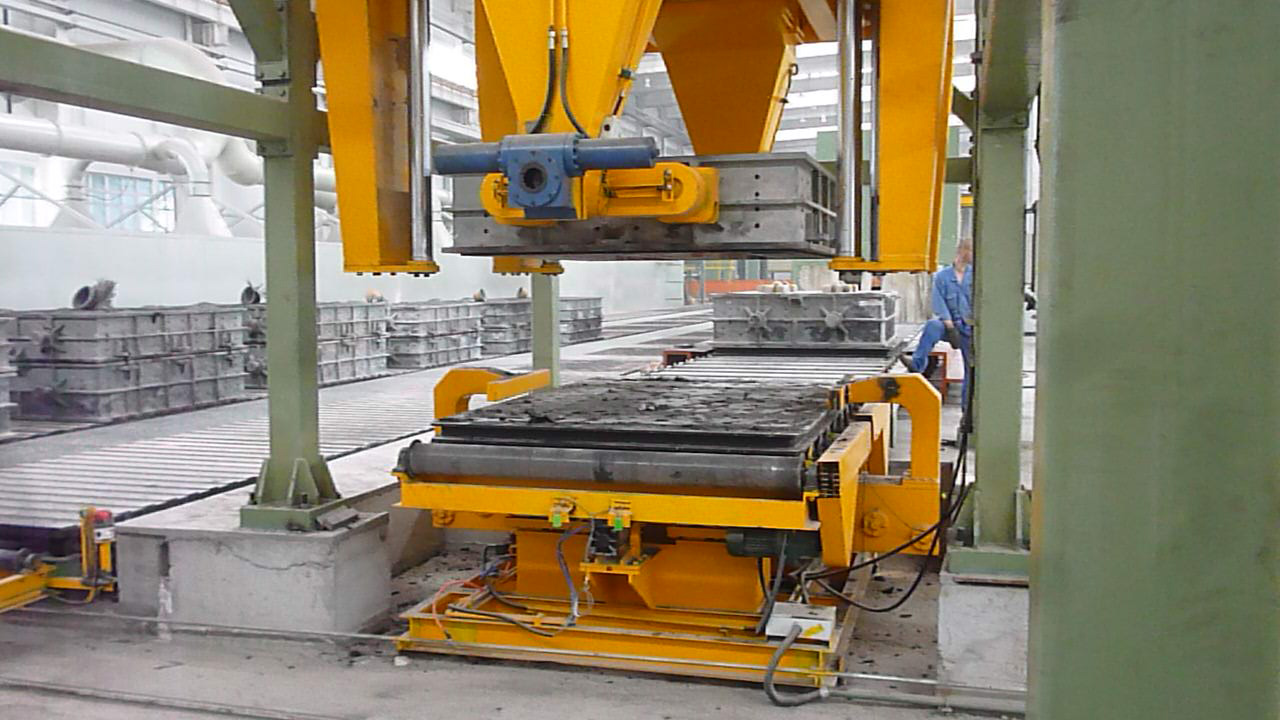gru . 13, 2024 21:58 Back to list
Understanding Chillers and Heat Exchangers in Modern HVAC Systems
Understanding Chillers and Heat Exchangers Essential Components for Thermal Management
In industrial and commercial processes, maintaining optimal temperatures is critical for ensuring efficiency and productivity. Chillers and heat exchangers are two key components used in a variety of applications to manage temperature and facilitate heat transfer. Understanding their roles, operating principles, and applications is essential for engineers and facility managers seeking to optimize thermal management in their systems.
What Are Chillers?
Chillers are devices designed to remove heat from a liquid via a vapor-compression or absorption refrigeration cycle. The primary goal of a chiller is to lower the temperature of a fluid, which can then be circulated through other equipment or processes that require cooling. There are several types of chillers, including air-cooled, water-cooled, and absorption chillers, each suitable for different applications and operational environments.
In air-cooled chillers, ambient air is used to dissipate heat. Water-cooled chillers, on the other hand, utilize water from a cooling tower or another source for heat exchange. Absorption chillers operate using a heat source (such as natural gas or steam) to drive the refrigeration process, making them an energy-efficient choice in certain settings.
The Role of Heat Exchangers
Heat exchangers are devices that facilitate the transfer of heat between two or more fluids without mixing them. They are crucial in various applications, ranging from power generation to HVAC systems. The primary function of a heat exchanger is to increase energy efficiency by recovering waste heat from processes and using it to preheat incoming fluids or maintain desired temperatures.
There are various types of heat exchangers, including shell-and-tube, plate, and air-cooled designs. Shell-and-tube heat exchangers consist of a series of tubes, with one fluid flowing through the tubes and another fluid surrounding them within a shell, allowing for efficient heat transfer. Plate heat exchangers, on the other hand, use thin plates stacked together to create channels for fluids to flow, maximizing surface area and enhancing heat transfer efficiency.
chillers heat exchangers

How Chillers and Heat Exchangers Work Together
Chillers and heat exchangers often work in tandem to maintain desired temperatures in industrial processes. For instance, in a manufacturing plant, chillers remove heat from process water that absorbs heat from machinery. This heated water is then passed through a heat exchanger, where it transfers its heat to another fluid (such as chilled water) before being cycled back to the chiller. This system effectively manages heat loads and enhances overall energy efficiency.
Additionally, in HVAC applications, chillers can provide cooled water to air handling units, while heat exchangers can recover waste heat from exhaust air, further improving energy efficiency and reducing operational costs. The integration of these two components can lead to significant savings in energy consumption, which is increasingly important in today's energy-conscious society.
Applications of Chillers and Heat Exchangers
Chillers and heat exchangers find applications across various industries, including pharmaceuticals, food and beverage, chemical processing, and data centers. In the pharmaceutical industry, precise temperature control is crucial for product stability and compliance with regulatory standards. Chillers provide the necessary cooling, while heat exchangers help manage the heat generated during production.
In the food and beverage sector, chillers are used in processes such as pasteurization and refrigeration of products. Heat exchangers are employed to recover energy from heated process water or to facilitate heat transfer during cooking processes. Similarly, data centers rely on chillers to cool servers, while heat exchangers help dissipate heat generated by electronic components.
Conclusion
Chillers and heat exchangers play a vital role in thermal management across numerous industries. Their ability to efficiently transfer and manage heat not only enhances process efficiency but also contributes to energy savings and environmental sustainability. As technology advances, innovations in chiller and heat exchanger design will likely lead to even more efficient systems, underscoring their importance in modern industrial applications. Understanding these components and their interrelation is essential for anyone involved in the design, operation, or maintenance of temperature-sensitive processes.
-
Premium Cast Iron Water Main Pipe for Robust Infrastructure
NewsAug.27,2025
-
A-Rated Cast Aluminum Boilers: High-Efficiency Condensing Gas & LPG
NewsAug.26,2025
-
OEM Cast Silicon Aluminum Alloy Heat Exchanger | Custom & High Performance
NewsAug.25,2025
-
Centrifugally Cast Iron Water Main Pipe | Ductile Iron Solutions
NewsAug.24,2025
-
Durable Cast Steel Concrete Pipe Mold Bottom Rings & Base Trays
NewsAug.23,2025
-
Centrifugally Cast Iron Water Main Pipe for Reliable Mains
NewsAug.22,2025


